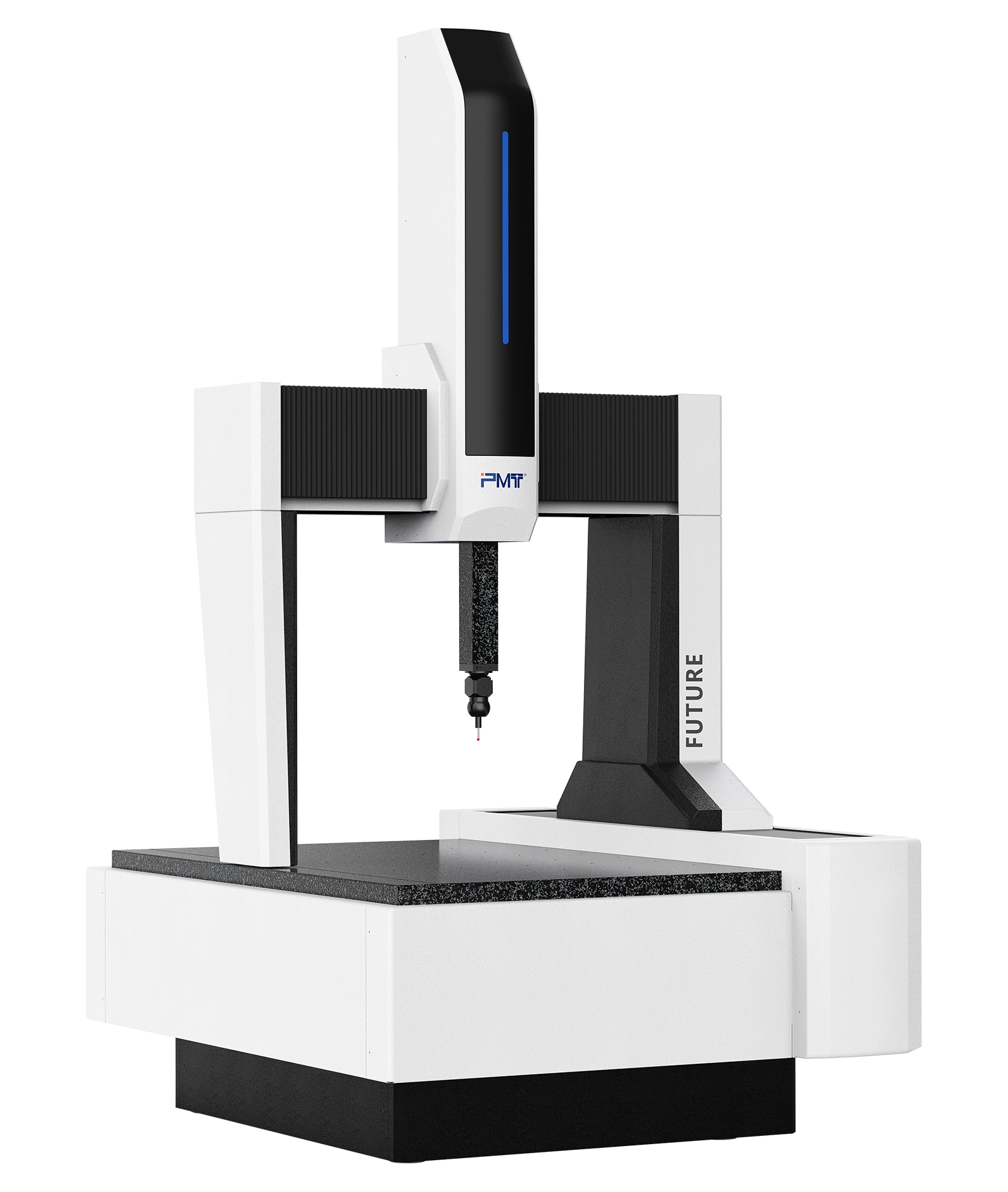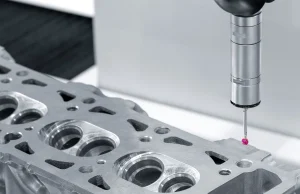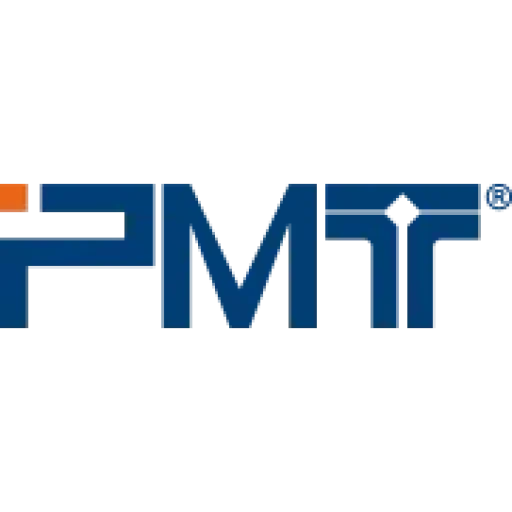In today’s manufacturing landscape, quality control is more critical than ever. Whether producing engine components, aerospace parts, or medical devices, precision is non-negotiable. One of the key tools in maintaining that precision is the Coordinate Measuring Machine (CMM). But not all CMMs are created equal—accuracy plays a defining role in how well a CMM can support your quality assurance process.
Let’s break down what CMM accuracy really means, what affects it, and how to make sure your equipment lives up to your quality expectations.
What Is CMM Accuracy?
CMM accuracy measures how closely the machine’s results match the true dimensions of a part. It’s commonly evaluated by two key indicators:
- Volumetric Length Measuring Uncertainty (E)
- Probing Uncertainty (R)
These are clearly defined in international standard ISO 10360-2 and its Chinese equivalent GB/T 16857.2-2006.
According to GB/T 16857.2-2006 (Coordinate Measuring Machines—Part 2: Performance Evaluation by Length Measurement), accuracy evaluation involves:
- Measuring known lengths at different positions and directions within the machine’s volume.
- Ensuring that all measured values fall within the maximum permissible error (MPE) stated by the manufacturer.
- Using certified calibration tools like step gauges or gauge blocks to verify linear dimensions.
- Assessing probing uncertainty by measuring a calibrated sphere at 25 evenly spaced points and calculating the deviation range.
These definitions align closely with ISO 10360-2 and provide a rigorous and standardized method to compare CMMs across different brands and countries.

Key Factors That Affect CMM Accuracy
- Environmental Conditions: Temperature fluctuations, humidity, and vibration can all distort measurement results. Even clean air or nearby machinery can impact the CMM’s performance.
- Machine Design and Build: The structural design—whether bridge-type, gantry, or cantilever—affects stability and stiffness. Lightweight materials and air bearings help reduce friction and increase precision.
- Probe Systems and Calibration: The type of probe (contact vs. optical), its extensions, and how often it is calibrated all impact accuracy. Long or angled probe setups tend to reduce reliability.
- Software Algorithms: Smart algorithms help compensate for small machine errors, align coordinate systems, and ensure clean data capture during complex measurements.
- Operator Skill and Setup: Human error matters too. Part alignment, clamping, and probing technique all influence the final result.
- Accuracy vs. Repeatability: What’s the Difference?When evaluating a coordinate measuring machine (CMM), two terms often come up: accuracy and repeatability. While they’re related, they measure different aspects of performance and should not be confused.
Accuracy refers to how closely a CMM’s measurement aligns with the true, actual dimension of the part. It reflects the degree of correctness in a single measurement. On the other hand, repeatability—also known as measurement consistency—describes the machine’s ability to produce the same measurement result when the same part is measured multiple times under identical conditions.
For instance, a CMM might consistently report a measurement that is 5 microns off the true value. In this case, the repeatability is high, but the accuracy is low. Conversely, if a CMM returns results that fluctuate between ±5 microns around the true value, it is relatively accurate, but not highly repeatable.
Both characteristics are essential. High accuracy ensures that you are inspecting to the correct value, while high repeatability guarantees consistent measurement results, critical for maintaining process control. Ideally, a well-calibrated CMM should offer both. When selecting or evaluating a CMM, always consider both specifications to ensure reliable quality control over time.
How to Improve CMM Accuracy
- Control the Environment: Install your CMM in a climate-controlled room with minimal vibration. Follow the manufacturer’s specified temperature range for optimal performance.
- Calibrate Regularly: Use certified artifacts like step gauges or spheres to verify both linear and probing uncertainties. Regular checks prevent drift over time.
- Choose the Right Measuring Volume: Make sure your CMM’s X, Y, and Z axes comfortably exceed the dimensions of your largest parts—ideally double their size—to allow space for fixturing and probe movement.
- Understand Your Tolerance-to-Uncertainty Ratio: A common rule of thumb is maintaining a 1:5 or 1:10 ratio—meaning your CMM’s measurement uncertainty should be five to ten times smaller than the part’s tolerance.
- Use the Right Software: Don’t underestimate your software needs. If you’re measuring complex geometries or special features, make sure your software supports it.

Why Accuracy Matters in Real-World Applications
- Aerospace and Automotive: Even a micrometer of error can compromise performance or safety.
- Medical Devices: Strict tolerances ensure functionality and regulatory compliance.
- Tool & Mold Making: Accurate molds lead to accurate parts—and fewer production defects.
- Energy & Rail: Large, heavy-duty components still demand precise fit and alignment.
No matter the industry, the ability to reliably measure within spec is what separates leading manufacturers from the rest.
Conclusion
CMM accuracy isn’t just a technical spec—it’s the foundation of quality assurance in modern manufacturing. By understanding what drives accuracy and how to manage it, you can choose the right CMM and keep your inspection process sharp and reliable.
Need Expert Advice?
At PMT, we specialize in high-accuracy measuring tools tailored to your exact needs. Whether you’re setting up a new quality control lab or upgrading your current system, our experts are here to help you choose the best CMM for your application.
Contact us today to discuss your measurement challenges—we’ll help you measure up to the highest standards.
